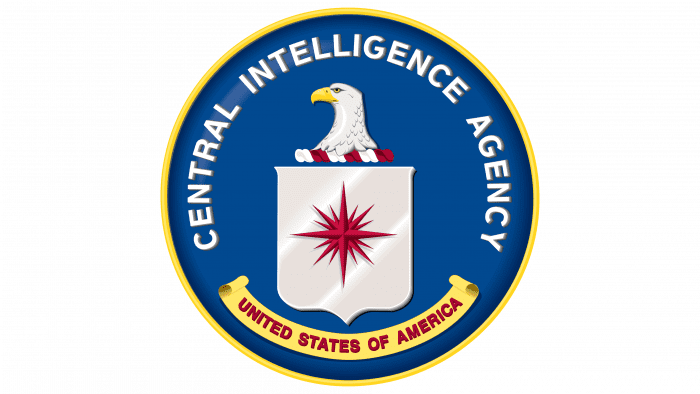The ISO logo represents the organization’s global reach. It is associated with the utmost attention to human life and safety. The emblem uses commonly understood symbols and subconsciously evokes a sense of the importance of an issue.
The logo of the International Organization for Standardization is a grid of latitudinal and longitudinal lines, effectively emphasizing the global presence of the brand. In the center is the short name “ISO,” which is not actually an acronym but comes from the Greek word “isos,” meaning “equal.” The word is written in large white letters with rectangular serifs and is placed inside a red square.
The grid pattern signifies that the organization is focused on standards that are globally applicable and interconnected, emphasizing universality. The use of red is meant to draw attention and reflect a sense of authority and standardization. The Greek origin of the word “ISO” confirms the brand’s commitment to equality and uniformity of standards.
ISO: Brand overview
ISO stands for International Organization for Standardization. It was established in 1947 on the initiative of the United Nations on the basis of the ISA federation, which produced standards for technology. It consists of 169 countries that have agreed to comply with ISO requirements. The organization includes 819 committees for the development of standards and rules. Up to 1500 new standards are issued annually. Any product manufactured in accordance with ISO guarantees safety for the consumer and environmental friendliness.
Meaning and History
The name and logo of the organization were developed in 1947 when the first 67 committees appeared. The mark was slightly updated in 2018 and embodies the principles of ISO. Harmonious straight lines, smooth curves, and precise centering of figures convey uniform requirements for all participants. The aspiration is to find the fastest, least costly, and safest way to produce and deliver services. The emblem is the embodiment of minimalism; the essence of ISO is conveyed by a few lines and letters.
What is ISO?
ISO is considered the most famous of the globally recognized standards. The organization counts 24,900 norms affecting all spheres of life – from the production of products and medicines to factory equipment and technology. The only area not covered by ISO standards is electrical engineering.
1947 – today
The organization’s emblem is depicted on a square red background. The choice of a shape with equal sides emphasizes equal requirements for all members. The square also represents precision and harmony. The standards of the organization are well thought out and fully comply with logic and common sense.
In the center, the parallels and meridians of the Earth are drawn in white lines. This design indicates that the organization:
- Reaches out to countries around the world.
- Strives to make life on the planet cleaner, better, and safer by imposing strict regulations on the production of goods, products, and medicines.
The name of the movement is written in large white letters in the center of the globe. Interestingly, although the abbreviation ISO corresponds to the English name “The International Organization for Standardization,” it comes from the Greek word “isos” (equal). The name implies the idea of uniform requirements for all.
The idea of the abbreviation was abandoned because it sounds different in different languages. For example, in French, it is OIN; in Italian – it is OIS. Since the standards are universal, the name should be universal and concise.
Bold, large letters with serifs are the central component of the logo. They emphasize the importance of the standards for the inhabitants of the Earth. Developments are aimed at reducing harmful emissions, optimally using raw materials to preserve the planet’s resources, and creating products that are safe for health.
Font and Colors
Since 2018, the emblem of The International Organization for Standardization has been red-white color (previously, the emblem was blue-white).
- Red is an eye-catching color. This shade symbolizes the best premium. Products manufactured in accordance with ISO standards are as safe, functional, and durable as possible. The company’s mission is to find the best way to do things.
- White – implies innovation. The organization develops standards from scratch. This color conveys honesty, integrity, and honesty.
The font is reminiscent of Sancoale Slab Ext Black; the serifs blend seamlessly into the letters, symbolizing unity.





